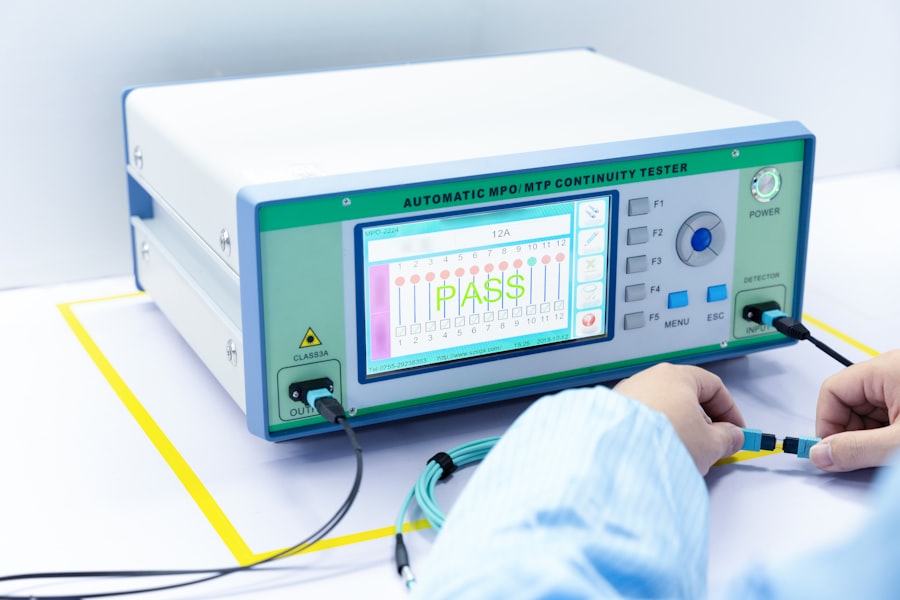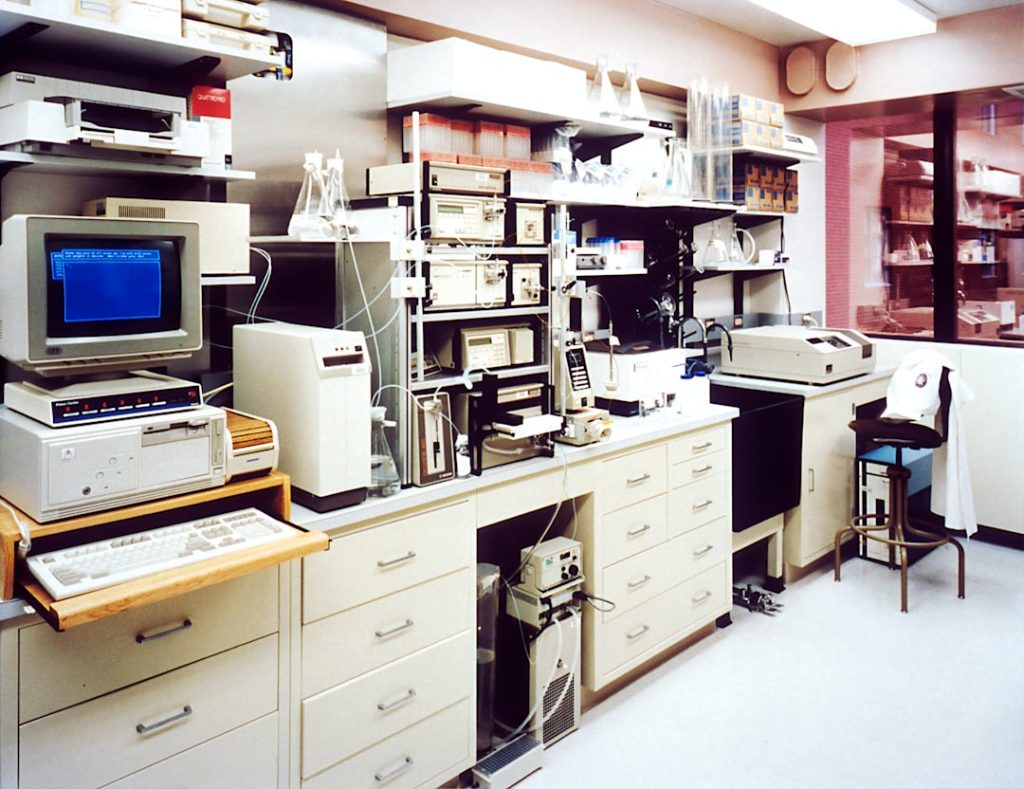Clinical research monitoring is a critical component of the clinical trial process, serving as a bridge between the research team and regulatory bodies. It involves the systematic oversight of clinical trials to ensure that they are conducted in compliance with regulatory requirements, Good Clinical Practice (GCP), and the study protocol. The role of a clinical research monitor, often referred to as a clinical research associate (CRA), is multifaceted, encompassing a range of activities from site selection and initiation to ongoing oversight and closeout.
This process is essential not only for safeguarding the rights and welfare of trial participants but also for ensuring the integrity and validity of the data collected. The significance of clinical research monitoring cannot be overstated. As clinical trials become increasingly complex, with more intricate protocols and diverse patient populations, the need for rigorous monitoring has grown.
Monitors are tasked with identifying potential issues early in the trial process, which can prevent costly delays and ensure that the study remains on track. Furthermore, effective monitoring contributes to the overall credibility of the research findings, which is paramount in gaining regulatory approval and ultimately bringing new therapies to market.
Key Takeaways
- Clinical research monitoring ensures the integrity and quality of clinical trials.
- Monitors are responsible for overseeing trial progress, compliance, and data accuracy.
- Efficient monitoring is crucial for timely and reliable clinical trial outcomes.
- Leveraging technology and fostering collaboration enhance monitoring effectiveness.
- Addressing challenges proactively supports the evolving future of clinical research monitoring.
Responsibilities of a Clinical Research Monitor
The responsibilities of a clinical research monitor are extensive and require a keen understanding of both the scientific and regulatory landscapes. One of the primary duties is to conduct site visits, where monitors assess compliance with the study protocol, GCP guidelines, and applicable regulations. During these visits, they review source documents, verify data entry into case report forms (CRFs), and ensure that informed consent has been obtained appropriately from participants.
This meticulous attention to detail is crucial for maintaining data integrity and protecting participant safety. In addition to site visits, monitors are responsible for training site staff on study protocols and procedures. This includes educating investigators and their teams about the importance of adhering to GCP standards and ensuring that they understand the specific requirements of the trial.
Monitors also play a vital role in identifying and addressing any issues that arise during the trial, such as protocol deviations or adverse events. By fostering open communication with site personnel, monitors can facilitate timely resolutions to problems, thereby enhancing the overall efficiency of the trial.
Importance of Efficient Monitoring in Clinical Research

Efficient monitoring in clinical research is paramount for several reasons. First and foremost, it directly impacts participant safety. By ensuring that trials are conducted according to established protocols and regulations, monitors help mitigate risks associated with clinical research.
This is particularly important in studies involving vulnerable populations or novel therapies, where the potential for adverse effects may be heightened. Efficient monitoring allows for rapid identification of safety concerns, enabling timely interventions that can protect participants. Moreover, efficient monitoring contributes to the overall success of clinical trials by minimizing delays and ensuring that timelines are met.
In an industry where time is often equated with money, any inefficiencies can lead to significant financial repercussions for sponsors and stakeholders. For instance, if a monitor identifies a compliance issue that requires extensive follow-up or retraining of site staff, this can result in delays that push back timelines for data collection and analysis. Conversely, effective monitoring practices can streamline processes, allowing trials to progress smoothly and efficiently.
Strategies for Maximizing Efficiency in Clinical Research Monitoring
| Strategy | Description | Key Metrics | Expected Impact |
|---|---|---|---|
| Risk-Based Monitoring (RBM) | Focus monitoring efforts on high-risk sites and data points to optimize resource allocation. |
|
30-50% reduction in monitoring costs; improved data quality |
| Centralized Monitoring | Use centralized data review and analytics to detect trends and outliers remotely. |
|
Faster issue detection; decreased need for frequent site visits |
| Use of Electronic Data Capture (EDC) Systems | Implement EDC to streamline data collection and improve accuracy. |
|
Improved data accuracy; accelerated data availability |
| Enhanced Training and Communication | Provide comprehensive training and maintain clear communication channels with site staff. |
|
Reduced errors; improved compliance and engagement |
| Automated Monitoring Tools | Leverage AI and automation to identify data inconsistencies and prioritize monitoring tasks. |
|
Increased efficiency; reduced manual workload |
To maximize efficiency in clinical research monitoring, several strategies can be employed. One effective approach is the implementation of risk-based monitoring (RBM) strategies. RBM focuses on identifying and mitigating risks associated with specific sites or patient populations rather than applying a one-size-fits-all approach to monitoring.
By prioritizing resources based on risk assessments, monitors can allocate their time and efforts more effectively, concentrating on areas that require closer scrutiny while allowing lower-risk sites to operate with greater autonomy. Another strategy involves enhancing training programs for site staff and monitors alike. Comprehensive training ensures that all parties involved in the trial are well-versed in GCP guidelines, study protocols, and data management practices.
By investing in ongoing education and training initiatives, sponsors can foster a culture of compliance and accountability at trial sites. This not only improves efficiency but also enhances the quality of data collected throughout the study.
Utilizing Technology to Improve Monitoring Efficiency
The integration of technology into clinical research monitoring has revolutionized the way trials are conducted and overseen. Electronic data capture (EDC) systems have become increasingly prevalent, allowing for real-time data entry and monitoring. These systems enable monitors to access up-to-date information from multiple sites simultaneously, facilitating quicker decision-making and issue resolution.
Additionally, EDC systems often come equipped with built-in validation checks that can flag discrepancies or errors in data entry, further enhancing data integrity. Moreover, remote monitoring tools have gained traction in recent years, particularly in response to the COVID-19 pandemic. These tools allow monitors to conduct virtual site visits, reducing travel time and associated costs while maintaining oversight of trial activities.
Remote monitoring can include video conferencing for discussions with site staff, as well as electronic review of source documents and CRFs. By leveraging technology in this way, monitors can enhance their efficiency while still ensuring compliance with regulatory standards.
Collaboration and Communication in Clinical Research Monitoring

Effective collaboration and communication are essential components of successful clinical research monitoring. Monitors must establish strong working relationships with site staff, investigators, and other stakeholders involved in the trial. Open lines of communication facilitate the timely exchange of information regarding study progress, challenges encountered, and any necessary corrective actions.
Regular meetings or check-ins can help maintain alignment among all parties and ensure that everyone is on the same page regarding study objectives. Additionally, fostering a collaborative environment encourages site staff to voice concerns or ask questions without hesitation. When monitors create an atmosphere of trust and support, it empowers site personnel to proactively address issues before they escalate into more significant problems.
This collaborative approach not only enhances efficiency but also contributes to a positive working relationship between monitors and site teams, ultimately benefiting the trial as a whole.
Challenges and Solutions in Maximizing Efficiency as a Clinical Research Monitor
Despite the best efforts to maximize efficiency in clinical research monitoring, several challenges persist. One significant challenge is the variability in site performance; some sites may excel while others struggle with compliance or data management issues. This inconsistency can complicate monitoring efforts and lead to inefficiencies if not addressed promptly.
To mitigate this challenge, monitors can implement tailored support strategies for underperforming sites, such as additional training sessions or more frequent check-ins. Another challenge lies in managing the sheer volume of data generated during clinical trials. As trials become more complex and involve larger patient populations, monitors may find it increasingly difficult to keep up with data review and verification tasks.
To address this issue, employing advanced analytics tools can help streamline data management processes. These tools can assist monitors in identifying trends or anomalies within the data more efficiently, allowing them to focus their efforts on areas that require immediate attention.
The Future of Clinical Research Monitoring
As clinical research continues to evolve, so too will the role of clinical research monitoring. The future promises advancements driven by technology, including artificial intelligence (AI) and machine learning (ML), which have the potential to further enhance monitoring efficiency. These technologies can analyze vast amounts of data quickly, identifying patterns that may not be immediately apparent to human monitors.
This capability could lead to more proactive risk management strategies and ultimately improve participant safety. Moreover, as regulatory bodies increasingly embrace innovative approaches to clinical trials—such as decentralized trials—monitors will need to adapt their practices accordingly. The integration of remote monitoring techniques will likely become standard practice as sponsors seek to optimize resource allocation while maintaining compliance with regulatory standards.
The future landscape of clinical research monitoring will undoubtedly be shaped by these advancements, paving the way for more efficient trials that prioritize participant safety and data integrity while accelerating the development of new therapies.



